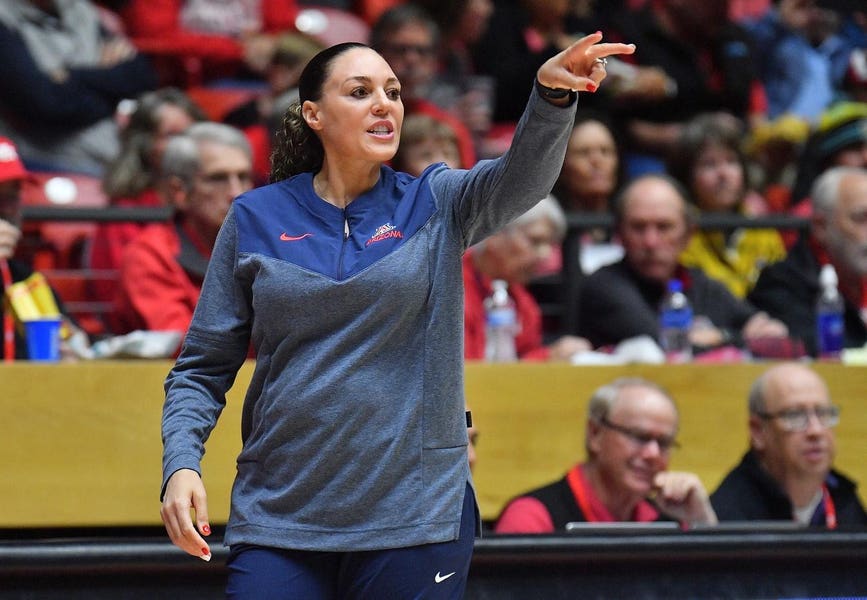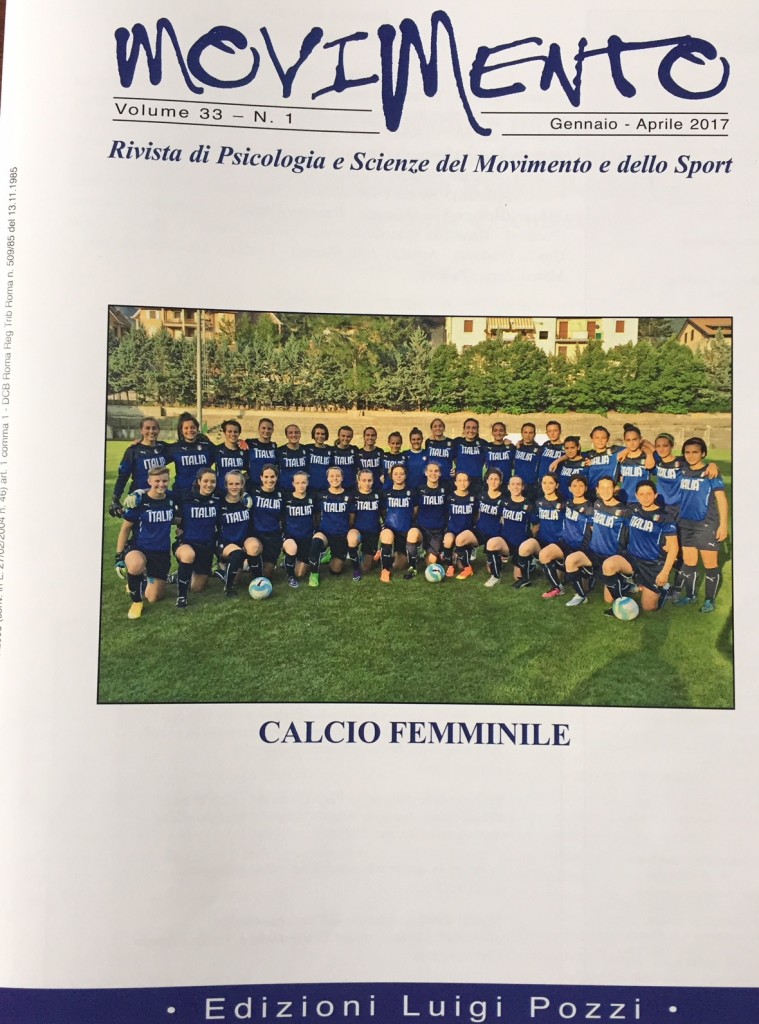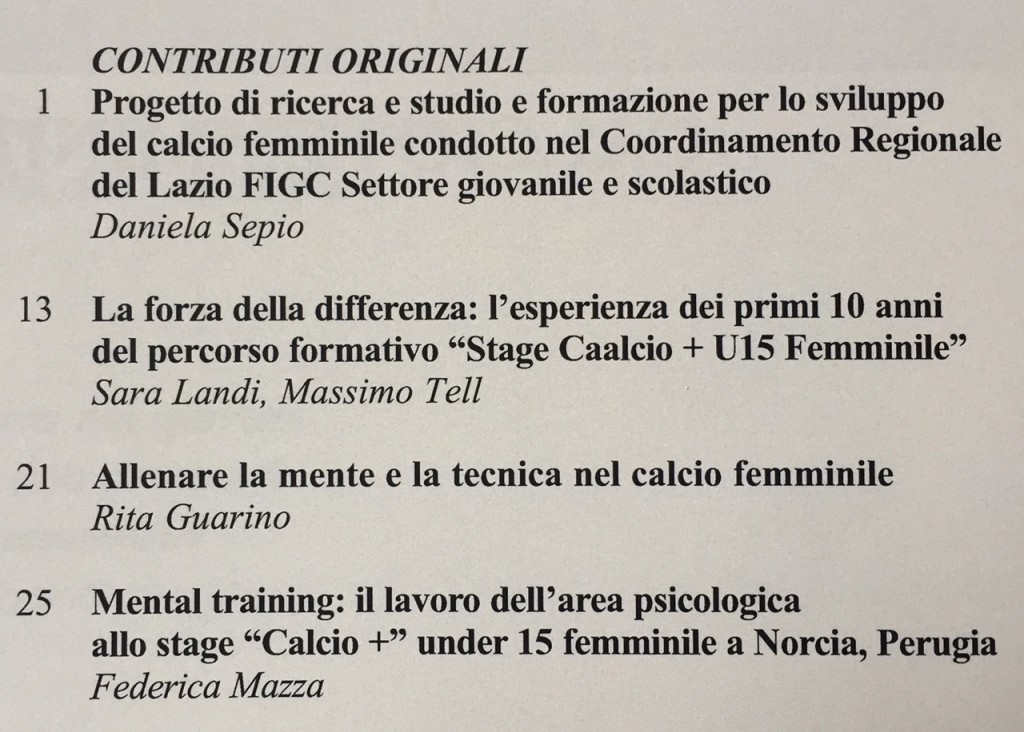Seventy years after the Italian ascent of K2, the CAI (Italian Alpine Club) is preparing by going beyond the dimension of pure sports achievement: 9 women – four Italian athletes, four Pakistanis, and one doctor – will depart in June for the second highest peak on Earth, ready to leave a mark on Italian sports, but also an imprint on a social and human level.
Federica Mingolla, Silvia Loreggian, Anna Torretta, Cristina Piolini, Samina Baig, Amina Bano, Nadeema Sahar, Samana Rahim, and Dr. Lorenza Pratali: they were the protagonists of the project presentation day organized by CAI with EvK2CNR, an association dedicated to scientific and technological research at high altitude.
It won’t just be a sports achievement but a shared experience that can create strong bonds, a blend of challenges, joys, and difficulties that will leave a mark on each of them. The objective is to tell the female perspective within the context of a Himalayan expedition that sees mountaineers from different worlds and cultures climbing together. Agostino Da Polenza, a highly experienced professional and profound connoisseur of those mountains, will coordinate the climbers. The project will start with training days on Monte Bianco (March 15-18), where the climbers will prepare to face K2.







